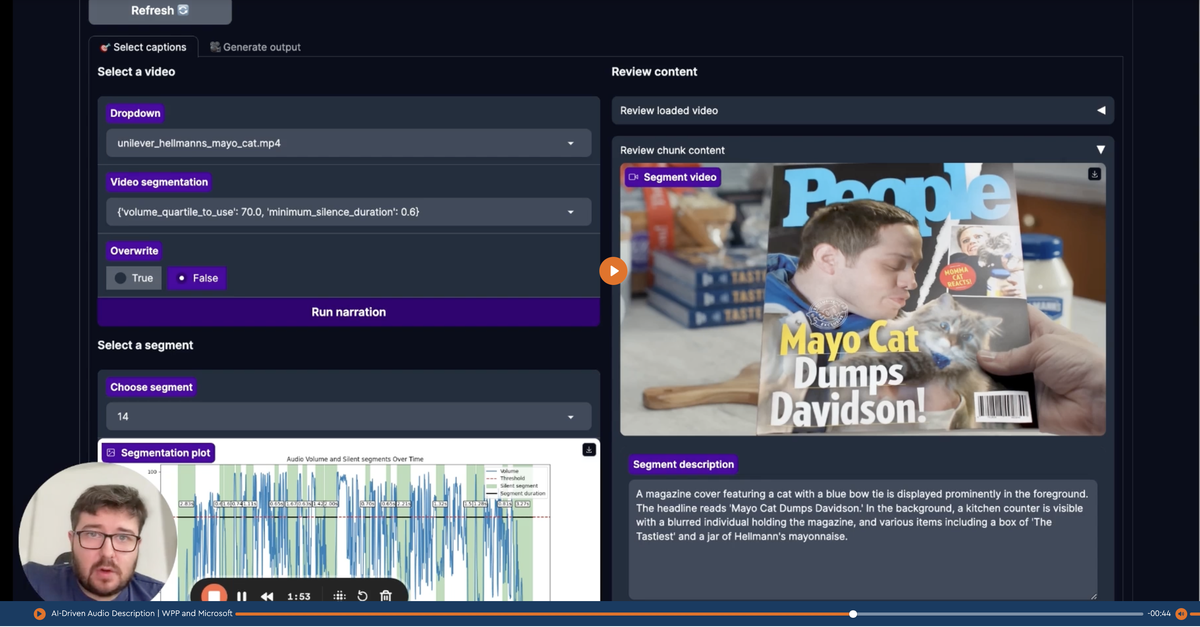WPP Tackles Challenges Generated By AI Ads For The Blind
- by Laurie Sullivan @lauriesullivan, April 8, 2024
Error-prone ads based on artificial intelligence (AI) have become a nuisance for blind internet users. The problem centers on misleading readouts that are not unusual. It exposes a flaw in AI-generated software that still need improvements.
WPP is
developing bespoke tools in audio descriptions, according to Josh Loebner, global head of inclusive design at WPP VML, created by combining the agencies
advertisement
advertisement
Audio descriptions are limiting, he writes in a blog post. The agency is working to advance audio descriptions through AI in ads.
But audio descriptions are still relatively nascent due to layers of barriers including agency and brand teams unfamiliar with optimizing and using the technology.
The situation is prompting lawsuits in the United States. Lawsuits against weak compliance with accessibility regulations. And the problem has increased every year to more than 4,500 cases in 2023, according to the Financial Times, citing data from UsableNet. That number rose 13% from 2022.
More than 900 companies, such as JCPenney and Prabal Gurung, last year faced legal action from individuals over claims of an alleged failure to provide equal digital access for disabled people in violation of the Americans with Disabilities Act, according to FT, which tells the story of Jakob Rosin, a member of Estonia’s blind community.Rosin told the FT that while browsing a sports club website with the help of audio software that reads out a description of the text and images shown on a screen, he became confused when the audio described a toilet as it went through the schedule of events at the club.
The experience demonstrates the weakness of AI. Later, Rosin discovered the image of bulletted points used for the list had prompted the mistake. The club had installed AI-driven software on its website that automatically created image descriptions for screen readers. The club reportedly didn't have a clue that the software did not have any manual interventions.
Loebner wrote that the prototype at WPP is bringing together accessibility leaders from Microsoft and VML, and eventually more across blind and partially sighted communities to listen, learn, and build together.
(See video demo of VML's and Microsoft's dashboard above.)



